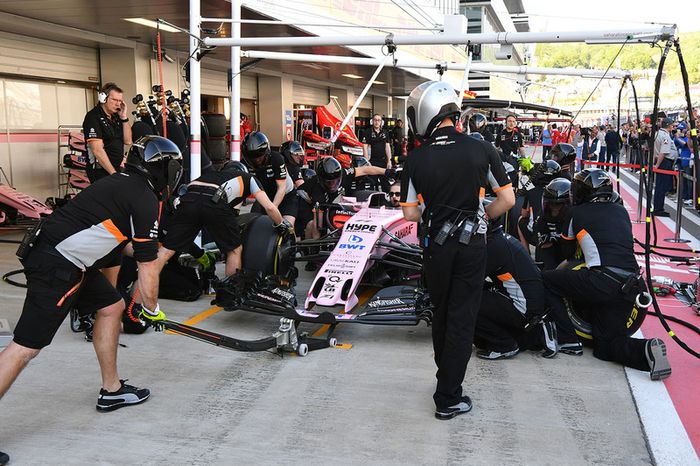Gallery: Key F1 tech spy shots at Russian GP
Giorgio Piola gets under the skin of the F1 tech war in the Sochi paddock.

Photo by: Sutton Images
Giorgio Piola's F1 technical analysis
Giorgio Piola is the preeminent Formula 1 technical journalist. View our full selection of Giorgio's technical illustrative content




























Be part of Motorsport community
Join the conversationShare Or Save This Story


How Ferrari has kept itself in the F1 hunt despite no major upgrades

Alpine and Williams pursue Mercedes-inspired F1 front wing idea

Why Red Bull's 'evolutionary' RB19 does not disappoint


Leclerc: Sainz simply doing a better job in recent F1 races

Hamilton needs talk with Wolff to prepare Ferrari F1 move

What's been going wrong for Leclerc in F1's tiny margins qualifying game
Latest news

Norris: McLaren can win races in F1 2024 if it gets everything right

Leclerc: Sainz simply doing a better job in recent F1 races

Alonso: Stroll more sensitive to Aston F1 car handling issues I drive around

Williams may as well “go home” if spares situation changes its F1 approach, says Albon
Prime

What's been going wrong for Leclerc in F1's tiny margins qualifying game

What the Chinese GP's highlights reveal about its first F1 race for five years

The secrets of F1 turbocharging explained

Why Alpine’s rigorous training camp yields telling insights into its juniors
Subscribe and access Motorsport.com with your ad-blocker.
From Formula 1 to MotoGP we report straight from the paddock because we love our sport, just like you. In order to keep delivering our expert journalism, our website uses advertising. Still, we want to give you the opportunity to enjoy an ad-free and tracker-free website and to continue using your adblocker.
You have 2 options:
- Become a subscriber.
- Disable your adblocker.



Top Comments